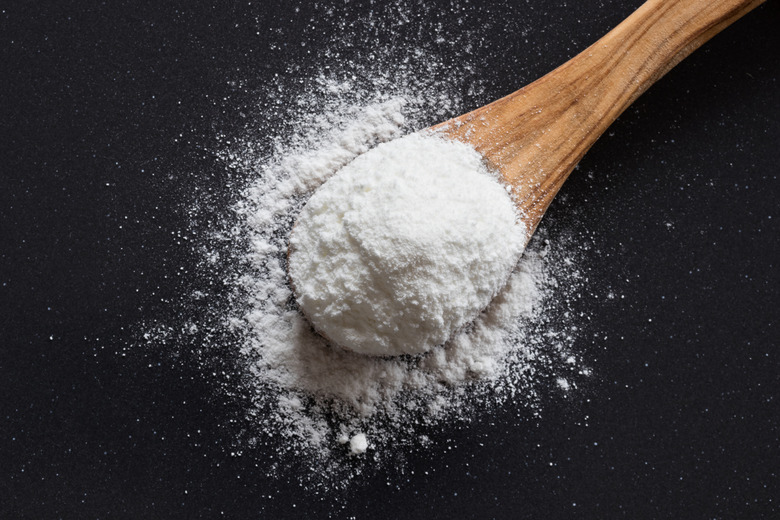Fun Exploding Science Experiments
Come on! What can be better than a science experiment that goes POW! Explosions are not only very cool, they are very instructive as well. Students can learn fundamentals of physics and chemistry while being fascinated and entertained. Use these three demonstrations to teach basic principles of gasses, pressure, chemical reactions and diffusion.
TL;DR (Too Long; Didn't Read)
While these are fairly low-energy demonstrations, safety is still paramount. Make sure everyone is at a safe distance.
Soda Pop Geyser
Soda Pop Geyser
Teach kids about how pressure builds until it has to explode. This is a simple project that can be a bit messy, so it is best done outdoors on a nice day. This particular experiment is great for kids ages 10 to 14, however, the younger and older ones will get a kick out of it, too. Get a 2-liter bottle of soda and a package of Mentos candies. Set the bottle in an open area. Make sure everyone stands way back from the soda bottle. Open a brand new 2-liter of soda. Use a hammer and a nail to make a hole in the cap. Drop in six of the Mentos into the soda and quickly replace the cap. Move away from the bottle. Watch for the soda to shoot up in the air to form a geyser.
Explain to the kids that the candies react with the carbonation in the soda to release gas that builds up pressure in the bottle. When the pressure becomes too great, the gas spurts out of the bottle and carries some of the soda with it in the form of a geyser. This experiment shows kids what happens when there is too much pressure inside something.
Liquid "Fireworks"
Liquid "Fireworks"
You can create your own simulated fireworks in your classroom without the danger or the messy explosion. This project is good for students in middle school learning about diffusion, which is the gradual mixing of two or more substances. Get a large, clear jar that all of the students can easily see. Fill the jar about two-thirds full of water. Add 2 tbsp. of oil into a small bowl, add 8 to 10 drops of red, blue or green food coloring and mix well. Pour the oil mixture into the water. Watch for a mini-fireworks display when the food coloring separates from the oil and diffuses into the water.
Baking Soda Explosion
Baking Soda Explosion
This is another good project for middle schoolers to do outdoors. Put 3 tsp. of baking soda in the middle of a tissue and twist the tissue closed to hold the baking soda inside. Put one-quarter cup of warm water into a "zip lock" plastic sandwich bag and then add 1/2 cup of vinegar. Drop the tissue and baking soda in the plastic bag and quickly zip it closed. Sometimes it is easier to partially close the bag and then put the tissue in it. Watch as the tissue dissolves in the water and releases the baking soda. It reacts with the vinegar making carbon dioxide. The gas keeps expanding in the bag until it has nowhere else to go and, POW!, the bag bursts open in a small but impressive explosion.
Cite This Article
MLA
O'Neil, Ruth. "Fun Exploding Science Experiments" sciencing.com, https://www.sciencing.com/fun-exploding-science-experiments-6327478/. 29 April 2018.
APA
O'Neil, Ruth. (2018, April 29). Fun Exploding Science Experiments. sciencing.com. Retrieved from https://www.sciencing.com/fun-exploding-science-experiments-6327478/
Chicago
O'Neil, Ruth. Fun Exploding Science Experiments last modified August 30, 2022. https://www.sciencing.com/fun-exploding-science-experiments-6327478/
